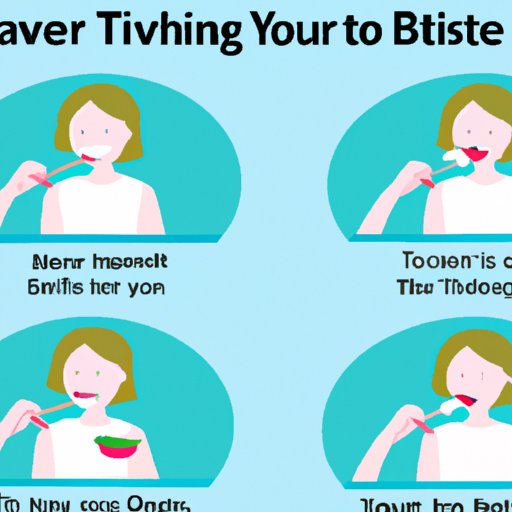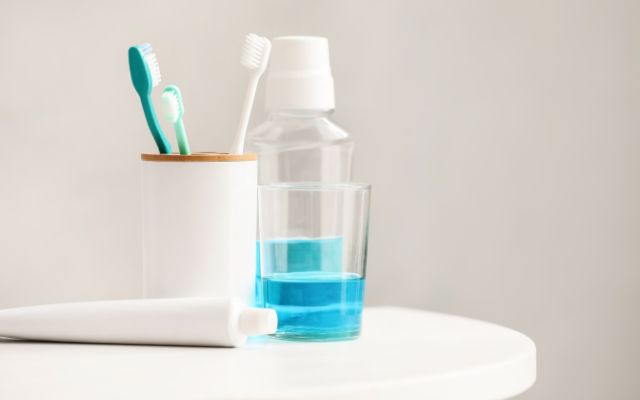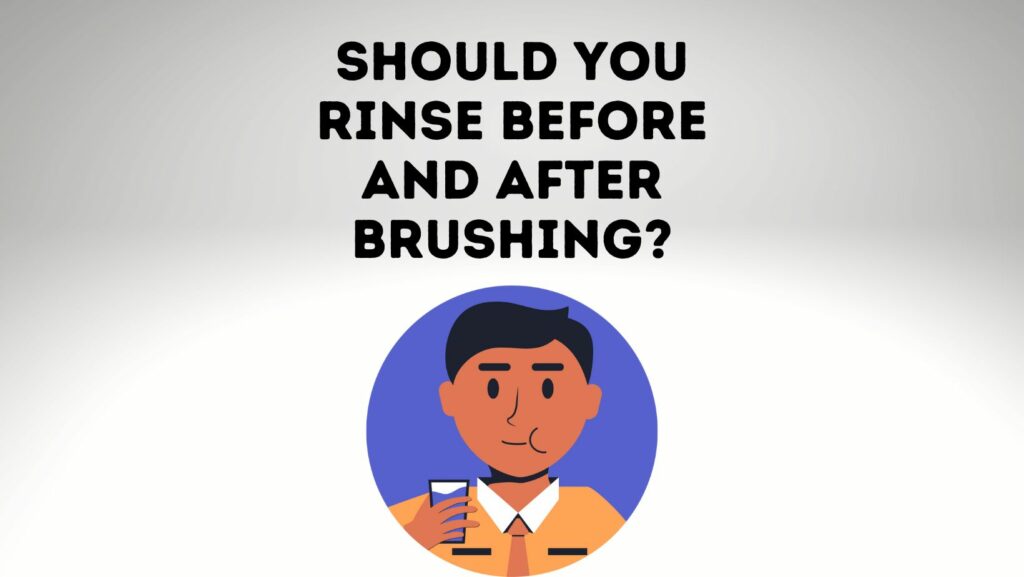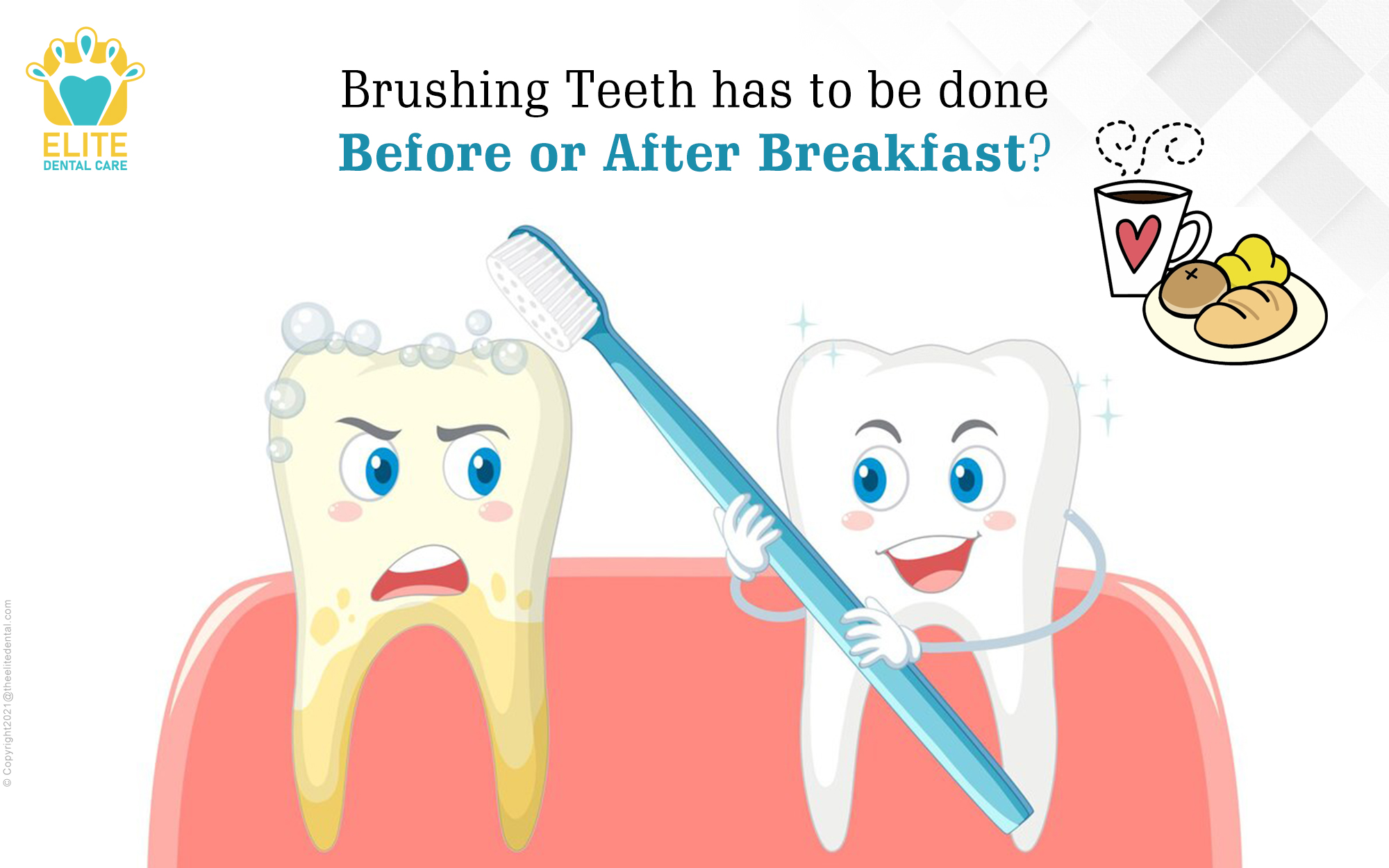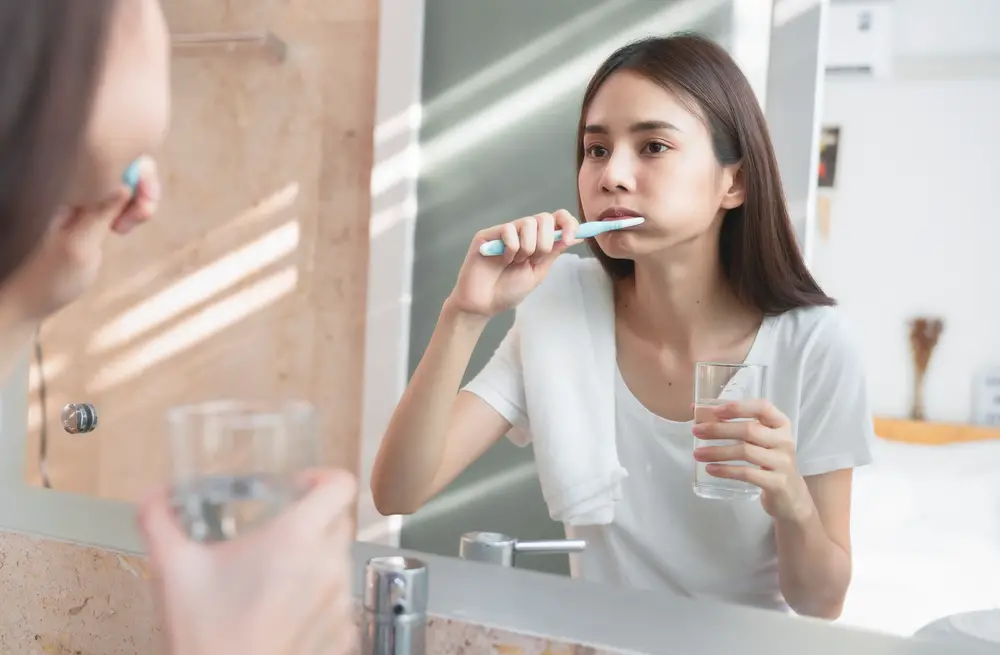How Long Should You Wait To Rinse After Brushing
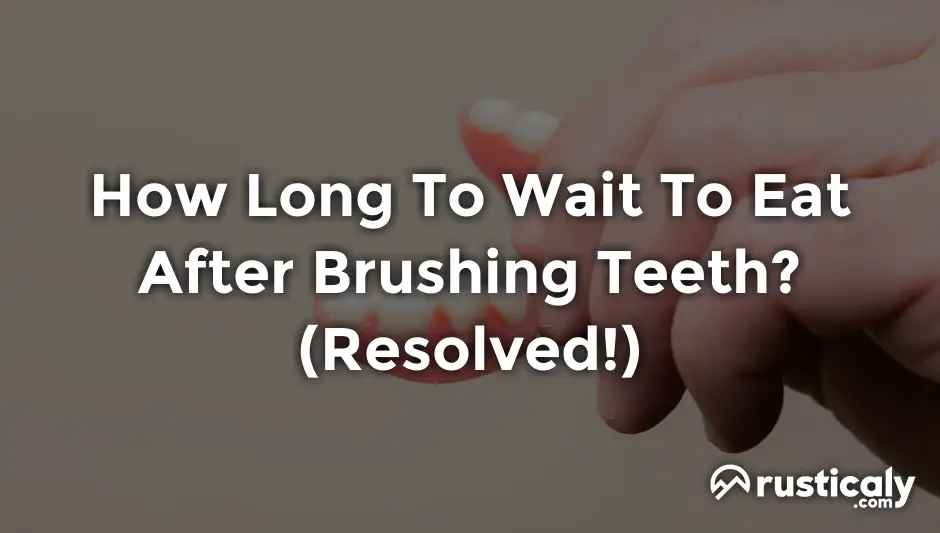
The simple act of brushing our teeth, a cornerstone of daily hygiene, hides a surprisingly complex debate. While the rhythmic scrub is universally recognized as vital, a silent question lingers: how long should we wait to rinse afterwards?
Delaying the rinse, or rinsing immediately, seemingly innocuous choices, can significantly impact the effectiveness of fluoride, the key ingredient in most toothpastes, and ultimately, our dental health. Understanding the science behind this crucial step can empower us to optimize our oral hygiene practices.
The Nut Graf: Unpacking the Rinse-or-Wait Dilemma
This article delves into the science-backed recommendations for rinsing after brushing. We'll explore the rationale behind delaying rinsing, examining how it maximizes fluoride's protective benefits. We will investigate alternative perspectives and offer practical advice for incorporating the optimal rinsing strategy into your daily routine.
Furthermore, this piece will provide insights into potential drawbacks of immediate rinsing and discuss whether certain individuals might benefit from modified approaches. Ultimately, this article arms readers with the knowledge to make informed decisions about their oral hygiene.
Fluoride: The Star Player in the Oral Health Game
Fluoride is the undeniable champion of cavity prevention. It works through a few key mechanisms: strengthening tooth enamel, remineralizing early decay, and inhibiting the growth of harmful bacteria.
Fluoride is incorporated into the enamel structure, creating a more acid-resistant surface. This helps teeth withstand the constant attacks from acids produced by bacteria in the mouth after we eat or drink.
Remineralization is another critical function, where fluoride helps rebuild weakened enamel, reversing the early stages of decay.
The Case for Delaying the Rinse: Maximizing Fluoride Exposure
The core argument for delaying rinsing after brushing centers on maximizing contact time between fluoride and tooth enamel. The longer fluoride remains in contact with the teeth, the greater its opportunity to strengthen and protect.
Rinsing immediately washes away a significant portion of the concentrated fluoride from toothpaste. This reduces the potential for long-term benefits. This is why waiting is often recommended.
Many dentists and dental hygienists advocate for a waiting period of at least 30 minutes. This allows the fluoride to fully integrate into the enamel structure. The American Dental Association (ADA) acknowledges the importance of fluoride's topical application.
The Science Behind the Recommendation
Studies have demonstrated that delaying rinsing significantly increases fluoride uptake by the enamel. These studies have shown that maintaining a higher concentration of fluoride in the oral environment results in greater protection against cavities.
One study published in the Journal of Dental Research found that participants who did not rinse after brushing experienced a 25% reduction in new cavities compared to those who rinsed immediately. This highlights the profound impact of this seemingly small change in brushing habits.
The logic is simple: leaving a thin layer of fluoridated toothpaste residue on the teeth after brushing creates a sustained-release effect. This allows fluoride to continue working its magic for a longer period.
Alternative Perspectives and Potential Drawbacks
While delaying rinsing is generally recommended, some individuals may experience drawbacks. Some people may find the taste of residual toothpaste unpleasant.
In these cases, a very small amount of water can be used to swish briefly, expelling the excess toothpaste without completely washing away the fluoride. Using a fluoridated mouthwash at a different time of day can also supplement fluoride exposure.
It is vital to note that children under the age of six should be supervised during brushing and instructed to spit out excess toothpaste to minimize fluoride ingestion. Excessive fluoride ingestion during tooth development can lead to fluorosis, a cosmetic condition affecting tooth enamel.
Practical Tips for Optimal Rinsing Habits
To incorporate the "wait-to-rinse" method into your routine, first brush your teeth thoroughly for two minutes. Focus on reaching all surfaces, including the back teeth and along the gum line.
After brushing, spit out the excess toothpaste. Do not rinse immediately with water. Avoid eating, drinking, or rinsing for at least 30 minutes.
If the toothpaste taste is bothersome, consider using a toothpaste with a milder flavor. A small amount of water to swish briefly can also be used. Consistency is key to reaping the full benefits of this practice.
Looking Ahead: Future Research and Refinements
Ongoing research continues to explore the optimal duration for delaying rinsing and the most effective formulations of fluoride toothpaste. Future studies may investigate the benefits of using high-concentration fluoride toothpastes or other fluoride delivery methods.
Personalized oral hygiene recommendations, tailored to individual needs and risk factors, are becoming increasingly prevalent. Dentists will likely play a larger role in guiding patients towards the most effective strategies for maintaining optimal oral health.
By staying informed about the latest scientific findings and consulting with dental professionals, individuals can make informed decisions about their oral hygiene practices and contribute to a healthier smile for years to come. The future of dental care lies in embracing personalized, science-backed approaches to prevention and treatment.
